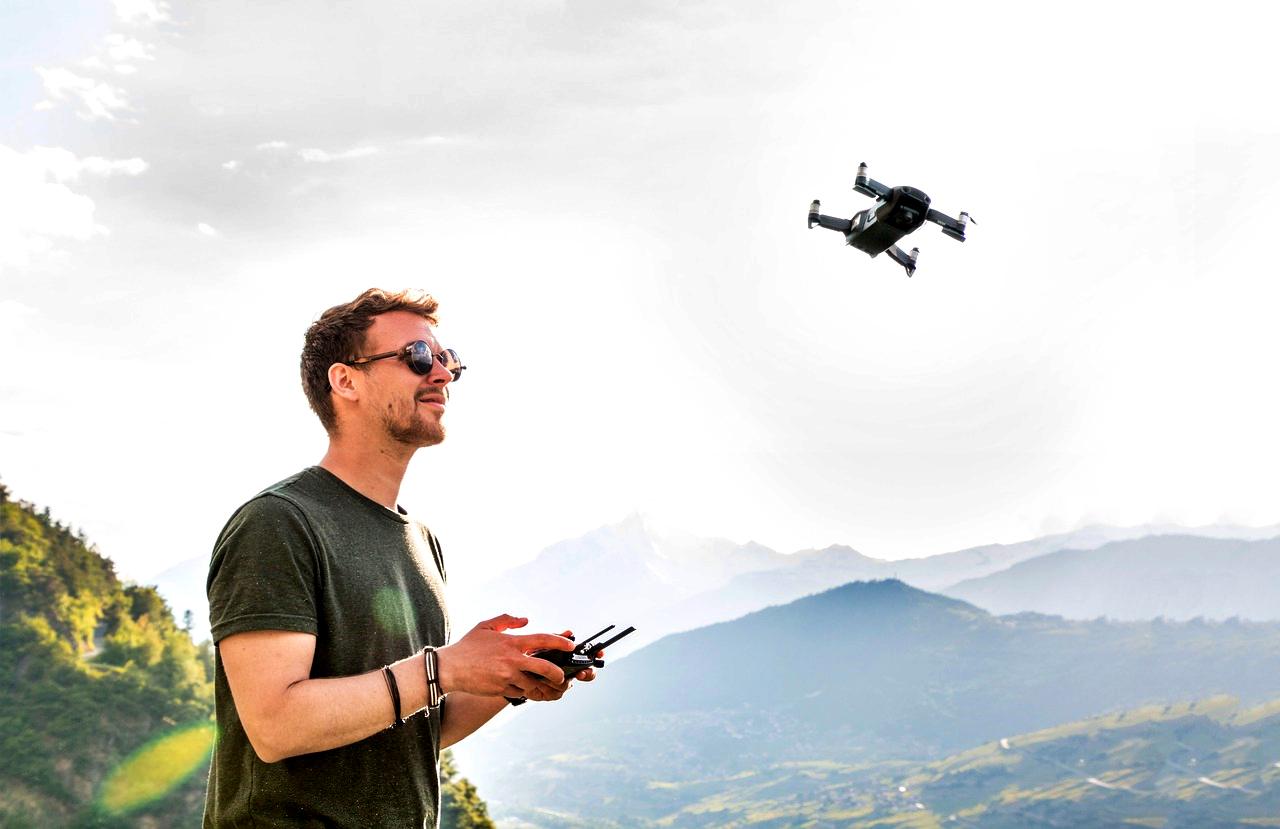
Using a drone
Modern technology makes it easy to take amazing video and image shots, especially with a drone. Flying a drone gives you access to a different view of every attraction while capturing beautiful images of the landscape and beaches.
UAS General rules for flying drones in Spain
When drones were first released, they quickly became a hit with anyone wanting to take exciting aerial videos or photographic images. However, unlike other recent technology, drones make life a bit more complicated, with strict rules to adhere to.
Agencia Estatal de Seguridad Aerea (AESA) is the Spanish agency responsible for drone safety in the country. The agency has provided a number of details on flying drones in the country for fun or for work.
Flying and operating drones in Spain is subject to European Union Regulation 2019/947. Meanwhile, AESA supervises and implements the regulation in Spain. The aim is to create a harmonized drone market in the EU, with the highest level of safety.
Under that regulation, once a drone operator has received authorization from the AESA, they will be allowed to use their drone throughout the European Union.

Are drones allowed in Spain?
According to the AESA, drones are allowed in Spain and are subject to AESA and EASA regulations as follows.
Operator registration
All users intending to fly a drone in Spain must register as operators on the AESA website. Following this, they will be given an operator number according to European regulations. Once the operator number has been obtained, this number should be visibly displayed on the UAS.
Pilot training
To fly a drone, the owner must have a minimum of qualifying training, depending on the operational category that applies. Readers can find out more about training on the AESA website. Meanwhile, the training is free, and once a user passes the online exam, they will receive a certificate.
Compulsory insurance policy
Flying a drone can be risky, especially when the user is new to the practice. For this reason, it is necessary to take out an insurance policy covering civil liability against third parties for damages. Readers can find more information here.
Flight rules
Various rules apply when flying a drone, including general rules relating to the drone’s weight, the proximity to buildings and the presence of other people. Find out more about the general flight rules here, including a questionnaire.
Flight location
In addition to general rules about drone operation, there are limitations on drone flight at certain locations for various reasons. These include proximity of aerodromes, protection of critical infrastructure, military zones, environmental protection and more. Read about the flight requirements for different regions of the country here.
Flight categories
Open category
The drone’s total takeoff mass must be less than 25 kg (55 lb) and it must be operated within a visual line of sight with a maximum altitude of 120 meters (394 ft).
Specific Category
Flights in this category require authorization prior to operation. This permission considers the mitigation risk assessment, except where specific standard scenarios apply.
Certified Category
Due to the inherent dangers in this category, certification of the drone and a licensed remote pilot are required.
Most important rules for flying drones in Spain
All drone operators must register their drones in Spain. Once registered they must follow these rules:
- Drones may fly up to 50 meters (170 feet) above ground or sea level in the Open category and up to 120 meters (400 feet) in the Specific category
- Direct visual contact with the drone is required and the operating distance should not exceed 500 meters (1,640 feet).
- Users must avoid flying too close to residential or populated areas. Maintain a safety buffer zone. A safety distance of 500 meters (1,640 feet) is required from buildings, people, animals, vehicles and structures.
- For obvious reasons, drone users must avoid flying near airports and heliports. In fact, users must stay a minimum of 8 km (5 miles) from airports and 3 km (1.9 miles) from heliports.
- Users are prohibited from flying a drone at night.
- It is not permitted to fly the drone over or near military installations, archaeological sites, public utility installations, or public and private facilities.
Readers can find more information about flying drones in Spain and Europe as a whole from this website.
You might have to jump through a few hoops, but eventually, you will be able to have fun exploring Spain with your drone, capturing the best video footage and images.
Be sure to check out our vlog The Go To Family. Connect with us on Instagram, Twitter, and Pinterest !



